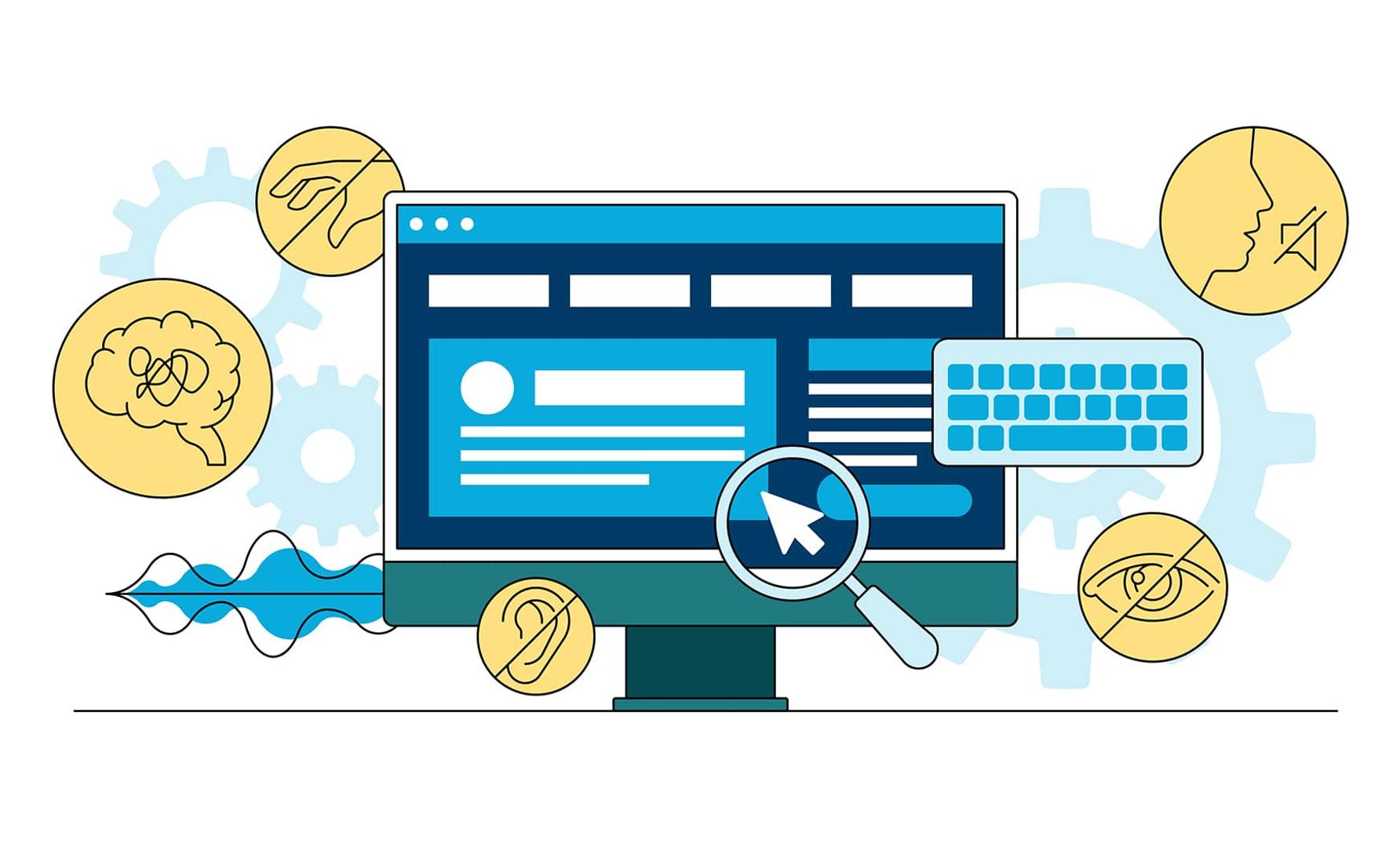
In the evolving digital landscape, website accessibility has become a paramount concern for businesses. Not only does an accessible website foster inclusivity, but it also shields businesses from potential litigation risks. At Alkalyne Solutions, we are committed to ensuring that your website adheres to accessibility standards, offering both compliance and enhanced user experience.
Understanding Website Accessibility
Website accessibility refers to the practice of making websites usable for people of all abilities and disabilities. This concept is crucial because an inaccessible website can exclude a significant portion of the population, including people with disabilities such as visual, auditory, motor, or cognitive impairments.
The Risk of Litigation
The legal implications of website inaccessibility have become increasingly pronounced. Laws such as the Americans with Disabilities Act (ADA) have been interpreted to apply to digital spaces, meaning businesses can face litigation if their websites are not accessible. This legal aspect underscores the importance of adhering to Web Content Accessibility Guidelines (WCAG) to ensure compliance and inclusivity.
Common Accessibility Shortcomings in Business Websites
- Lack of Alt Text for Images: This issue impedes users with visual impairments who use screen readers.
Solution: Ensure all images have descriptive alt text that provides context. - Poor Color Contrast: Low contrast between text and background can be challenging for users with visual impairments.
Solution: Use high contrast color schemes that make content more readable. - Non-Keyboard-Friendly Navigation: Users with motor impairments who rely on keyboards instead of a mouse cannot navigate sites without keyboard-friendly design.
Solution: Ensure website functionality via keyboard with clear focus indicators. - Missing Form Labels and Error Identification: Users with cognitive disabilities can find forms confusing if they are not clearly labeled or if errors are not clearly identified.
Solution: Use clear, descriptive labels for all form fields and provide detailed error messages. - Lack of Closed Captioning or Transcripts for Multimedia: Deaf or hard-of-hearing users require captions or transcripts for audio and video content.
Solution: Provide accurate closed captions for videos and transcripts for audio content.
How Alkalyne Solutions Can Help
At Alkalyne Solutions, we specialize in auditing and rectifying accessibility issues on your website. Our comprehensive approach involves:
- Conducting Thorough Accessibility Audits: We use advanced tools and expertise to identify areas where your website may not meet accessibility standards.
- Implementing Solutions: From optimizing alt texts and color contrasts to ensuring keyboard navigation and proper labeling, we cover all aspects of accessibility.
- Ongoing Support and Maintenance: Accessibility is an ongoing effort. We provide continuous support and updates to ensure your website stays compliant with the latest standards.
Ensuring your website is accessible is not just a legal imperative but also a moral and commercial one. An accessible website reaches a wider audience, improves user experience, and reflects positively on your brand’s ethos. Partner with Alkalyne Solutions to make your website accessible, inclusive, and compliant. Contact us today to learn more about how we can transform your website into an accessible digital space for all users.